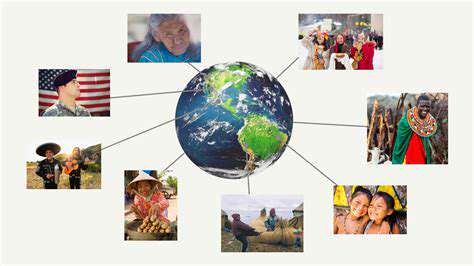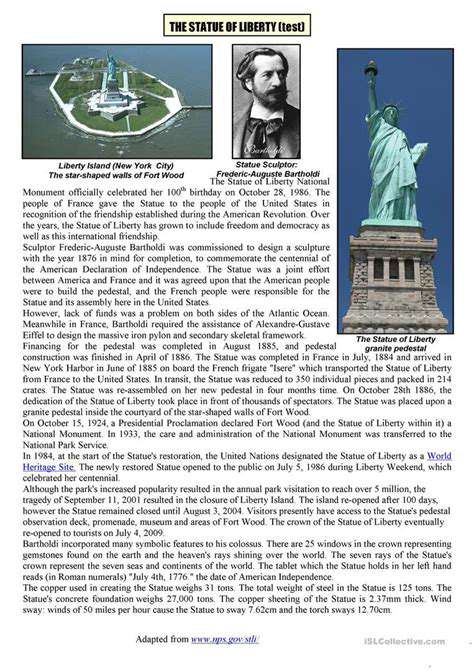Snow White Reimagined: From Classic Tale to Modern Adaptations
Beyond the Traditional Fairy Tale: Exploring Modern Interpretations
Recent adaptations have transformed Snow White from passive victim to active protagonist. Neil Gaiman's Snow, Glass, Apples presents a chilling reversal of perspective, while Francesca Lia Block's The Rose and the Beast explores the story through a contemporary feminist lens. These reimaginings reveal how flexible the core narrative remains.
Modern versions frequently interrogate the original's assumptions about femininity and power. Rather than waiting for rescue, today's Snow Whites often engineer their own salvation, reflecting evolving attitudes about women's roles in society.
The Role of the Evil Queen: A Shifting Perspective
Contemporary storytellers increasingly humanize the Queen, exploring her backstory and motivations. Gregory Maguire's Mirror Mirror presents her as a complex ruler navigating political intrigue, while the Broadway musical Snow White and the Seven Dwarfs gives her show-stopping numbers that reveal her inner turmoil.
This nuanced treatment reflects our growing understanding of villainy as often stemming from trauma or societal pressure rather than pure malice. The Queen becomes a cautionary tale about the corrosive effects of vanity and power.
The Importance of the Seven Dwarfs: A Reimagined Support System
Modern versions often transform the dwarfs from comic relief to crucial allies. In some retellings, they're miners organizing labor protests; in others, they represent different aspects of Snow White's personality. This evolution mirrors contemporary emphasis on community support and found family.
Their cottage frequently symbolizes sanctuary - a place of healing and preparation before the final confrontation. This resonates particularly with audiences who've experienced trauma or displacement.
The Forest as a Symbol: A Deeper Exploration of Nature
Ecocritical readings interpret the forest as both threat and refuge. Angela Carter's The Bloody Chamber emphasizes its primal, transformative power, while contemporary YA novels often use it as a space for self-discovery. This dual nature reflects our ambivalent relationship with wilderness - both fearsome and freeing.
Some feminist interpretations recast the forest as a liminal space where patriarchal rules don't apply, allowing Snow White to develop autonomy before re-entering society on her own terms.
From Animated to Live-Action: A Shift in Visual Storytelling
The Evolution of Visual Style
The transition from Disney's 1937 animation to modern live-action reflects changing cinematic technologies and audience expectations. Early animation used exaggerated expressions to convey emotion; contemporary CGI allows subtle microexpressions that create psychological depth.
Color palettes have similarly evolved - from the animation's bold primaries to live-action's more naturalistic tones, reflecting a desire for greater realism even in fantastical settings.
Exploring the Nuances of Character Portrayal
Live-action adaptations can explore characters' interiority through performance details the animation medium couldn't capture. A glance between Snow White and the Prince might now convey complex emotions rather than simple romantic idealization.
The Queen's vanity becomes more psychologically nuanced, often portrayed as stemming from societal pressures about aging or maintaining power in a patriarchal system.
The Impact of Technological Advancements
Modern motion capture allows more expressive dwarf characters, while CGI creates forests that feel simultaneously magical and authentic. These technologies don't just enhance spectacle - they deepen emotional engagement by making the fantastical world more immersive.
However, some filmmakers intentionally retain stylized elements to honor the story's fairy tale origins, creating an aesthetic tension between realism and fantasy that mirrors the narrative's thematic tensions.
Modern Adaptations: Exploring Social and Cultural Commentary

Modern Adaptations of Social Structures
Contemporary retellings often use the fairy tale framework to critique social hierarchies. Some reimagine the kingdom as a corporate empire, with the Queen as a cutthroat CEO. Others transpose the story to different cultural contexts, exploring how its themes play out in non-Western societies.
These adaptations frequently highlight systemic injustice rather than individual villainy, reflecting modern understanding of social problems. The poisoned apple might represent consumerism or environmental pollution rather than simple malice.
Impact on Social Mobility
Some versions emphasize class dynamics, portraying Snow White's exile as downward mobility and her eventual triumph as social climbing. Others focus on how beauty standards function as currency in patriarchal economies. These interpretations reveal how fairy tales encode societal values about privilege and access.
The Prince's role often gets reexamined - is he truly Snow White's equal, or does their union reinforce class hierarchies? Modern adaptations frequently complicate the traditional happy ending.
The Future of Snow White: A Timeless Narrative in a Changing World
Reimagining the Classic:
As storytelling mediums evolve, so will Snow White's manifestations. Virtual reality adaptations could make audiences experience the Queen's mirror as an AI interface, or the forest as an immersive environment. Interactive narratives might allow users to determine whether Snow White chooses revenge or reconciliation.
Transmedia storytelling could expand the narrative across platforms - the dwarfs' backstories explored in a podcast series, the Queen's spellbook as an augmented reality experience. These innovations will test the story's adaptability while preserving its core.
The Enduring Power of Fairy Tales:
Ultimately, Snow White persists because it satisfies deep psychological needs - for justice to prevail, for kindness to be rewarded, for resilience to overcome persecution. As long as humans face these fundamental struggles, the story will find new ways to resonate.
The tale's future lies in its proven ability to absorb contemporary concerns while retaining its mythic power. Like Snow White herself, the story seems destined to awaken anew for each generation, finding fresh relevance in changing times.
Read more about Snow White Reimagined: From Classic Tale to Modern Adaptations
Hot Recommendations
- Hawks vs Hornets: NBA Game Preview, Key Players & Tactical Analysis
- Tornado Watch vs Warning: What’s the Difference and How to Stay Safe
- Alexandra Daddario: Hollywood Career, Iconic Roles & Upcoming Projects
- Wombats in Australia: Fascinating Facts, Conservation Efforts & Where to See Them
- St. Patrick’s Day 2025: History, Festivities & Modern Celebrations
- Fabian Schmidt: Profile, Career Impact & Notable Achievements
- Alex Consani: Profile, Career Highlights, and Notable Achievements
- Vivian Wilson: Profile, Career Milestones & What’s Next
- Harriet Hageman: Political Profile and Impact on National Policy
- Bryant University Basketball: Rising Stars and Season Highlights
